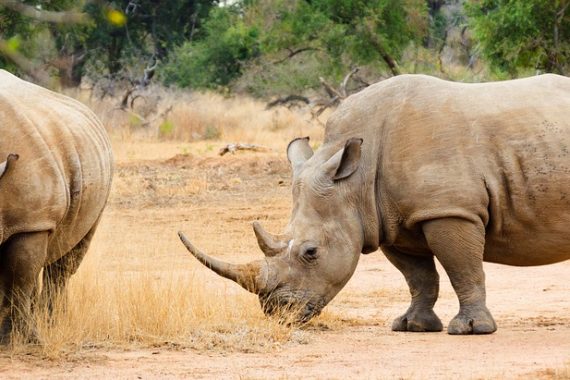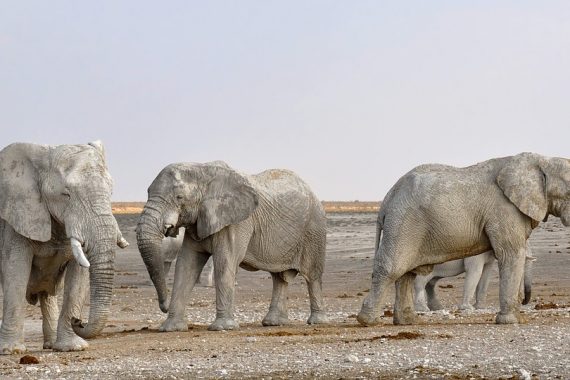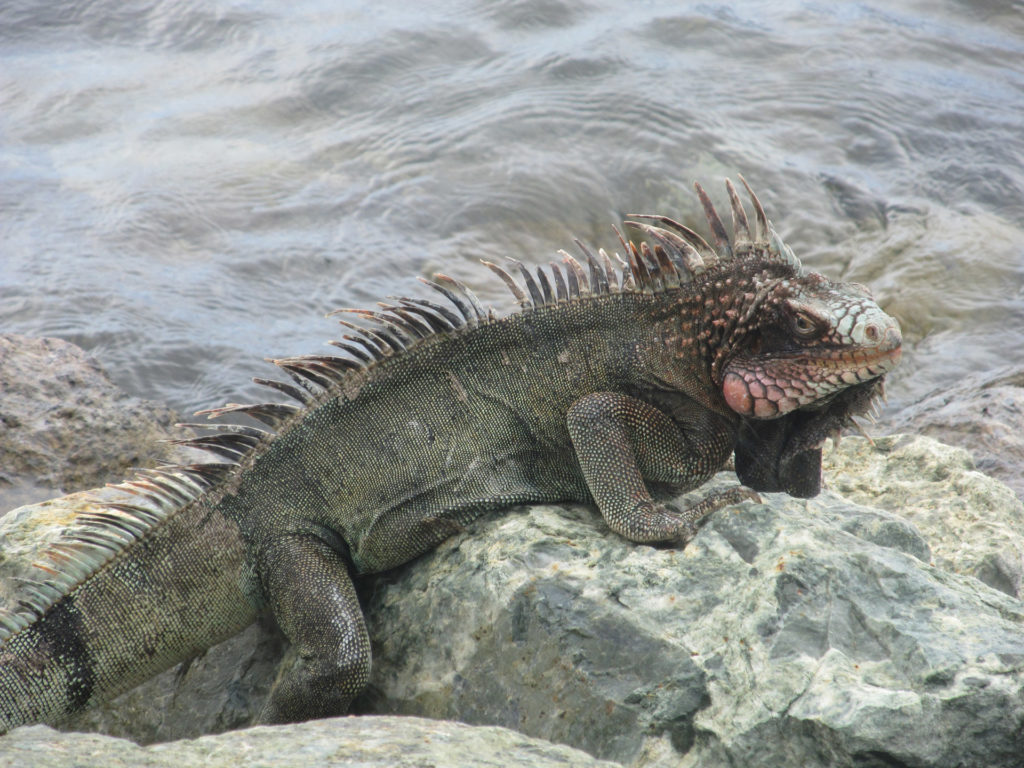 This week we jump to the one of the more unique biomes on earth, the Galapagos Islands. There, lives the world’s only marine living lizard. They are absolutely unique on how they live alongside and survive in the ocean. The Galapagos hosts some incredibly unique creatures and the Marine Iguana is our first foray there.
This week we jump to the one of the more unique biomes on earth, the Galapagos Islands. There, lives the world’s only marine living lizard. They are absolutely unique on how they live alongside and survive in the ocean. The Galapagos hosts some incredibly unique creatures and the Marine Iguana is our first foray there.
Marine Iguana History
The Galapagos are a group of volcanic Islands located on the Pacific side of South America. The group consists of 18 main islands, 3 smaller islands, and 107 rocks and islets. The Galapagos Island group is also part of the country of Ecuador and lie about 500 miles or 900 km off its coast. Spaniards first landed there in 1535, prior human had visited (Incas maybe) but there were no permanent settlements. This island paradise was allowed to evolve for millions of years into the incredible diversity of species we see there today.
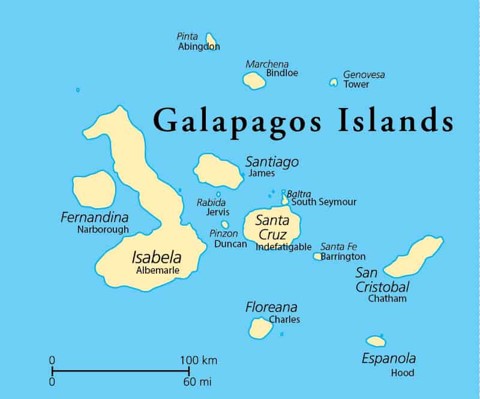
The Marine Iguana and its relatives are some of the oldest land animals alive. Reptiles first emerged over 320 MYA, before the dinosaurs. Over time they have evolved into the robust number of species we see today. The Marine Iguana’s decedent is thought to have arrived on a raft of vegetation to the Galapagos Islands about 10.5 MYA. Thereafter, the Marine Iguana evolved from land-based iguanas about 4.5 MYA.
Marine Iguana Physiology
These lizards are incredibly unique, in that live in and within the ocean. The majority of their diet is made up of algae that grows 30 to 65 feet (10-20 m) deep. Once per day the Marine Iguana will go out and dive deep to forage for the algae. Some reports are these lizards can stay submerged for as long as 30 minutes. However, being a cold-blooded species, they cant stay out in the ocean long. It is not uncommon for Marine Iguanas to lose as much as 10 C of body heat in one foraging session. They return to land to sunbathe and rewarm themselves.
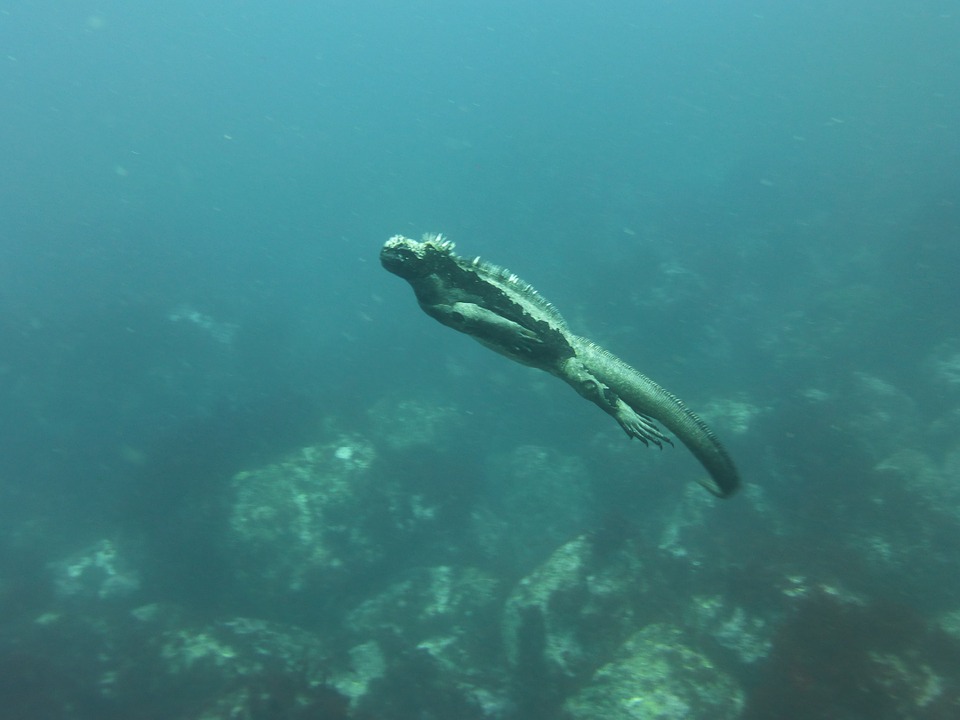
Marine Iguanas are especially adapted to their environment. Their short snouts and sharp teeth allow them eat the algae off the submerged volcanic rocks around the Galapagos Islands. Their tails are flattened and are used to help them swim. Living and eating within the ocean, these lizards absorb a quite a bit of salt water. To remove excess salt, they have special glands within their noses. They then will sneeze to remove excess water.
Video of Marine Iguana foraging
Marine Iguana Conservation
The Marine Iguana is listed as Vulnerable by the IUCN. The pressures from human exploitation and introduction of invasive species have all worked against these animals.
Organizations to Support
International Reptile Conservation Foundation


